Groundseesaw Seochon (그라운드시소 서촌)
1.4Km 2024-04-19
Jahamun-ro 6-gil 18-8, Jongno-gu, Seúl
Bukchon-ri Dullegol (북촌리둘레골)
1.4Km 2021-03-19
44 Insadong 14-gil Jongno-gu Seoul
+82-2-747-9700
A restaurant with Korean traditional house-themed interior design. The representative menu is Korean table d''hote. This is a Korean cuisine located in Insa-dong, Seoul.
Jogui Hansu (족의한수)
1.4Km 2021-03-19
93-1, Supyo-ro, Jongno-gu, Seoul
+82-2-2261-0310
A pig's trotter(s) specialty restaurant located in Jongno, Seoul. This restaurant's signature menu is braised pigs' feet. A restaurant serving both charcoal-grilled jokbal (pig's trotter) and spicy jokbal.
Sanchon (산촌)
1.4Km 2019-06-13
30-13, Insadong-gil, Jongno-gu, Seoul
+82-2-735-0312
Founded and opened by Monk Jeongsan,
Sanchon is a
vegan-friendly restaurant that mainly serves temple foods. The
dishes found here are a results of Kim Yun-sik, who was inspired
by the simple, clean and healthy diet that a Buddhist practitioner taught
him years ago. Now, being a top authority on vegetarian
food in Korea, Kim Yun-sik helped perfect the standard and quality of
temple food.
The dishes are made with all natural ingredients such as vegetables and mountain herbs, and are cooked without chemical additives. The actual dishes served vary by season, and in order to meet the tastes of the general public, the
restaurant includes "five spices" (garlic, shallots, mountain leeks, etc.), which monks are typically not allowed to eat. Those who would like their food without these ingredients are asked to make their request at least one day prior to visiting.
853 (팔오삼)
1.4Km 2021-03-24
16, Insadong, 12-gil, Jongno-gu, Seoul
+82-70-8832-0853
This is a juicy pork restaurant. This Korean dishes restaurant is located in Jongno-gu, Seoul. The most famous menu is grilled pork belly.
Choedaegamne (최대감네)
1.4Km 2020-06-01
12-3, Insadong 8-gil, Jongno-gu, Seoul
+82-2-733-9355
Choedaegamne is a traditional restaurant with a cozy garden and a pond. It is located at the end of the alley next to Inside Plaza. At this famous restaurant located in Insa-dong, a traditional interior is enhanced by the date trees planted in between tables. Various dishes are available such as Ssambapjeongshik with organic vegetables, beef shabu shabu using beef stock and fresh tender galbi (ribs) which are purchased daily.
Insadong Maneul Bossam (인사동마늘보쌈)
1.4Km 2021-03-19
12-5, Insadong 8-gil, Jongno-gu, Seoul
+82-2-735-7885
This is a Korean cuisine located in Insa-dong, Seoul. It is located at Ssamji-gil in Insa-dong. The representative menu is napa wraps with pork and garlic.
Mongmyeoksanbang (목멱산방)
1.4Km 2021-03-24
71, Toegye-ro, 20-gil, Jung-gu, Seoul
+82-2-318-4790
It is a house where you can eat various kinds of bibimbap. This restaurant's signature menu is bibimbap. This Korean dishes restaurant is located in Jung-gu, Seoul.
Jongno Yugane Yukoebindaetteok(종로유가네육회빈대떡)
1.4Km 2021-04-10
86, Supyo-ro, Jongno-gu, Seoul
+82-2-2266-0999
A restaurant with over 30 years’ tradition. This Korean dishes restaurant is located in Jongno-gu, Seoul. The most famous menu is sliced raw beef.
Museo de Arte Kumho (금호미술관)
1.4Km 2023-02-22
Samcheong-ro 18, Jongno-gu, Seúl.
El Museo de Arte Kumho fue inaugurado el 10 de mayo de 1989, con el objetivo de proporcionar espacio para la exposición de obras de los nuevos artistas y de esta manera desarrollar, capacitar y beneficiar el sector de la cultura artística. Luego, en octubre de 1999, con la llegada de Park Gang-ja, la nueva titular del museo, se transformó en un complejo artístico y cultural.

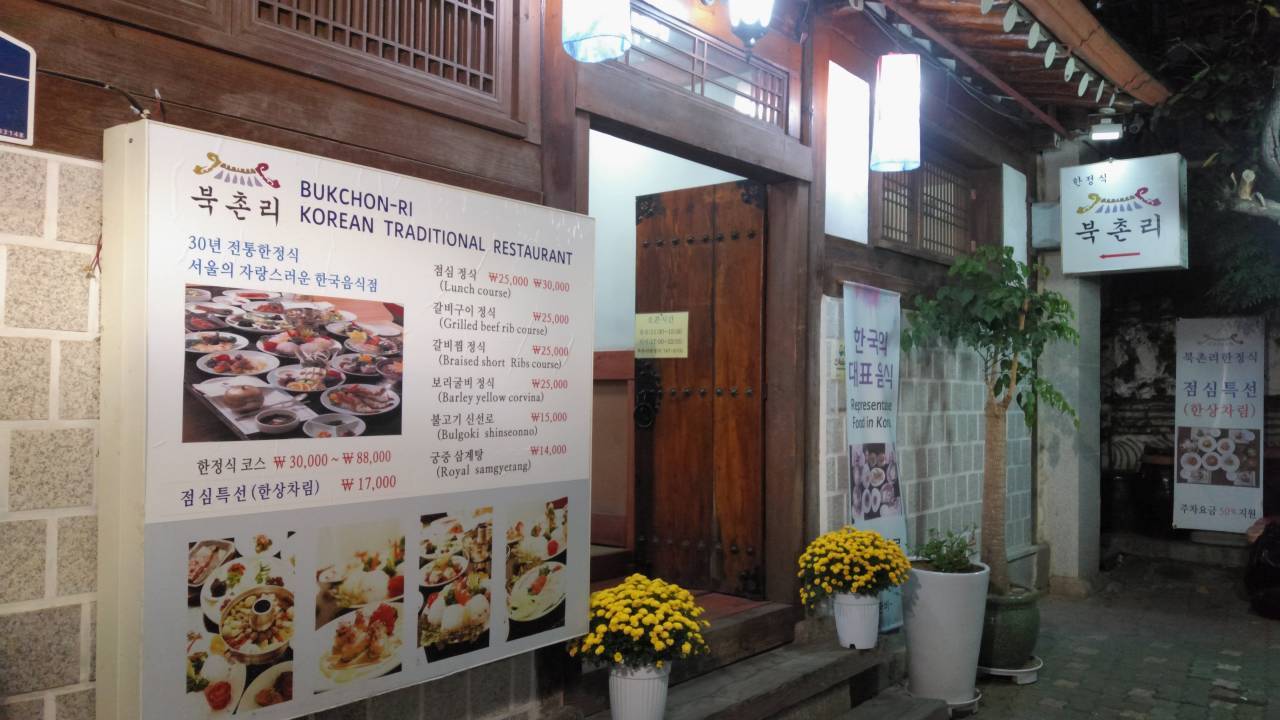
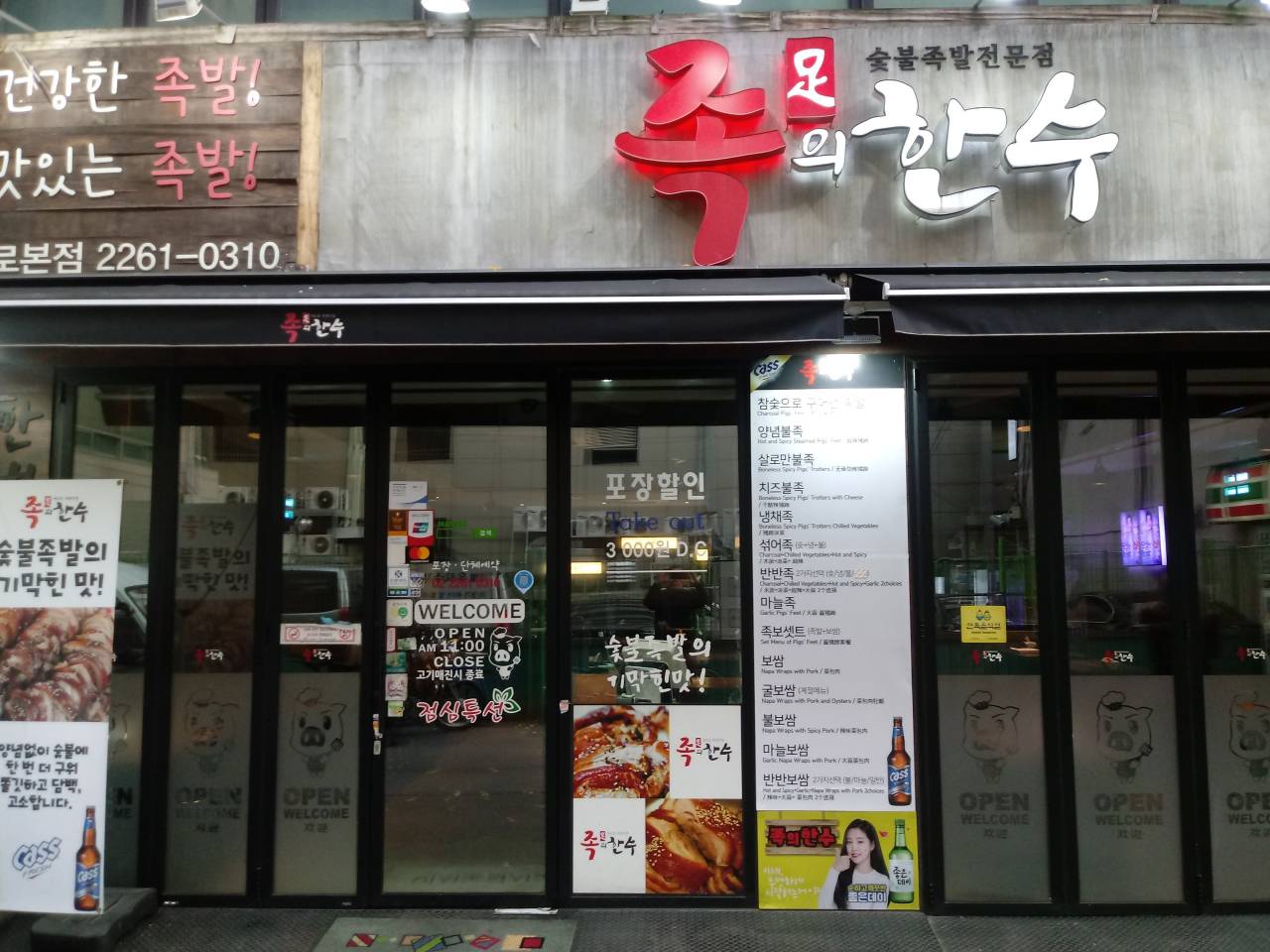
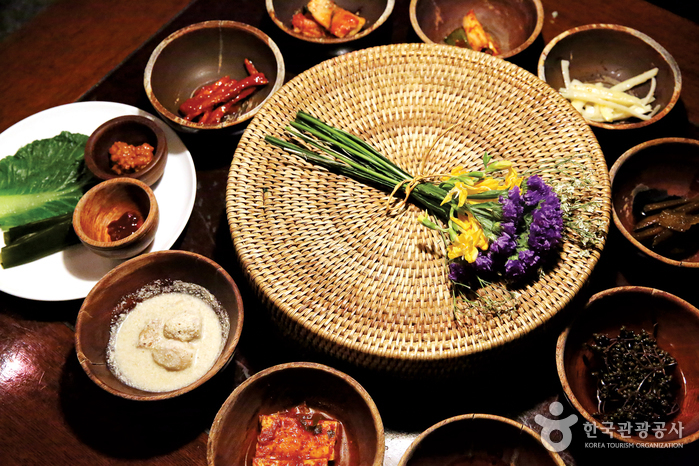
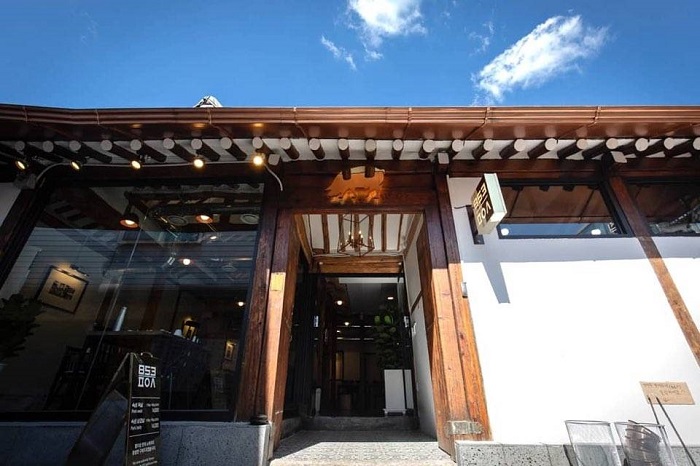
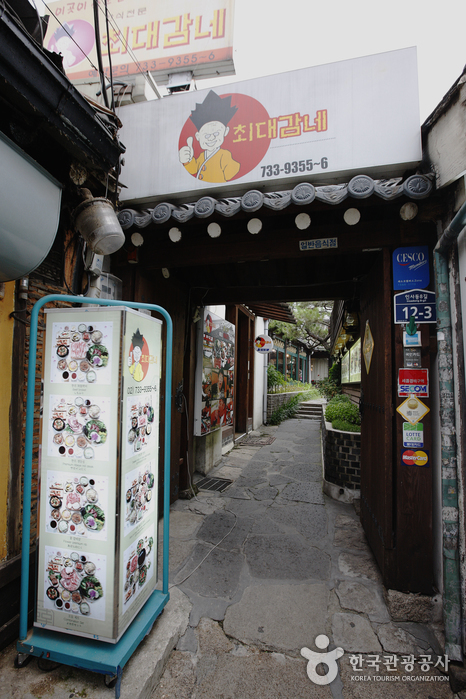
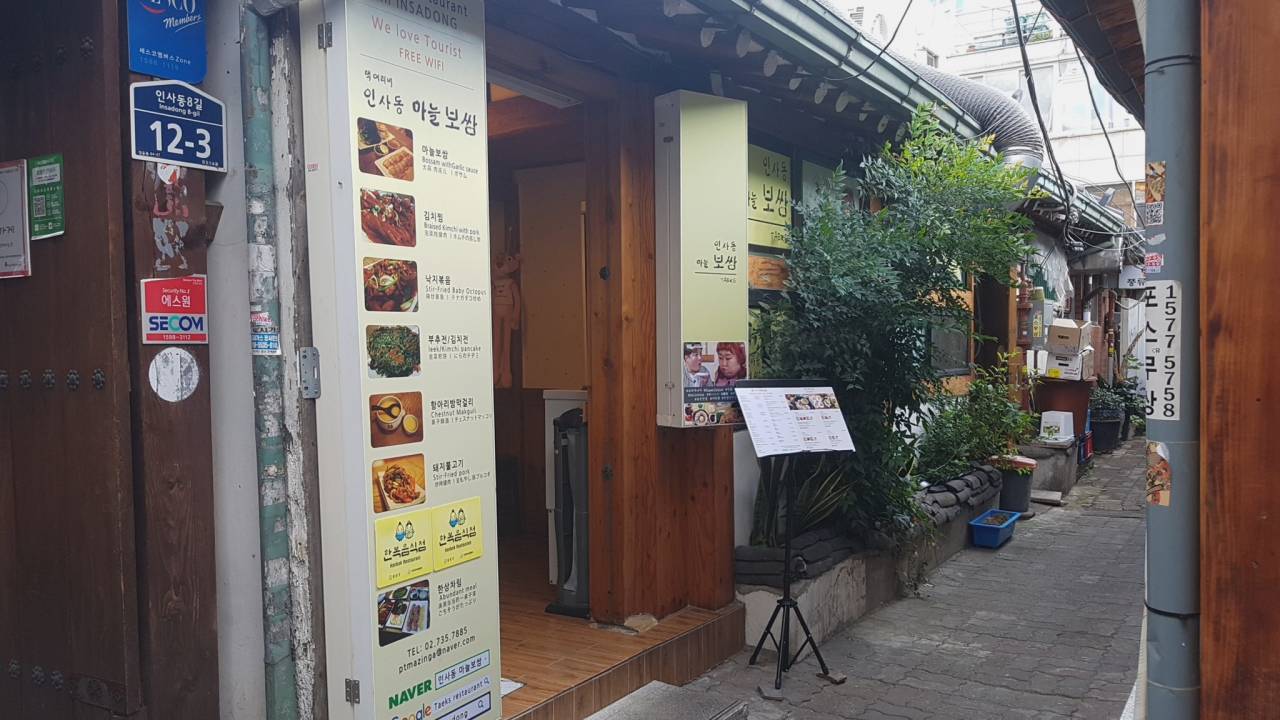

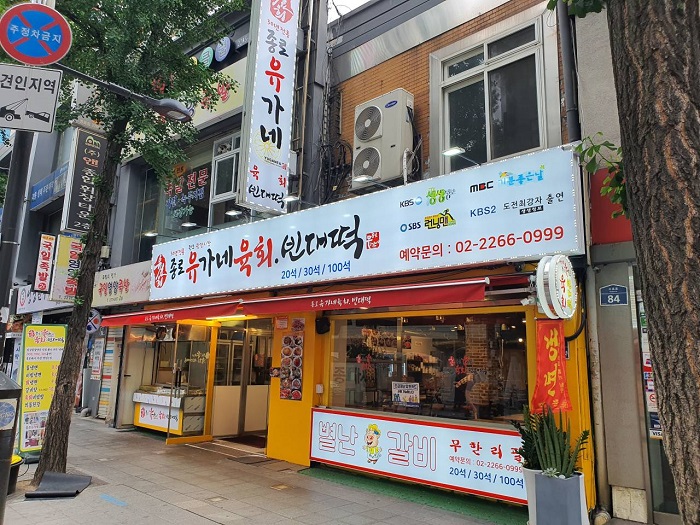
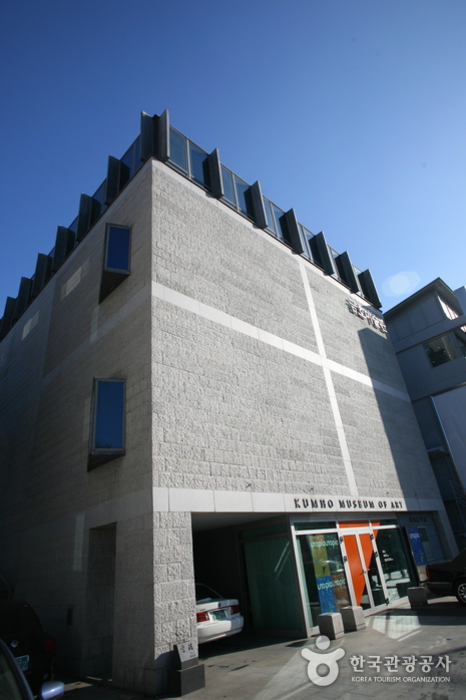
 Español
Español
 한국어
한국어 English
English 日本語
日本語 中文(简体)
中文(简体) Deutsch
Deutsch Français
Français Русский
Русский